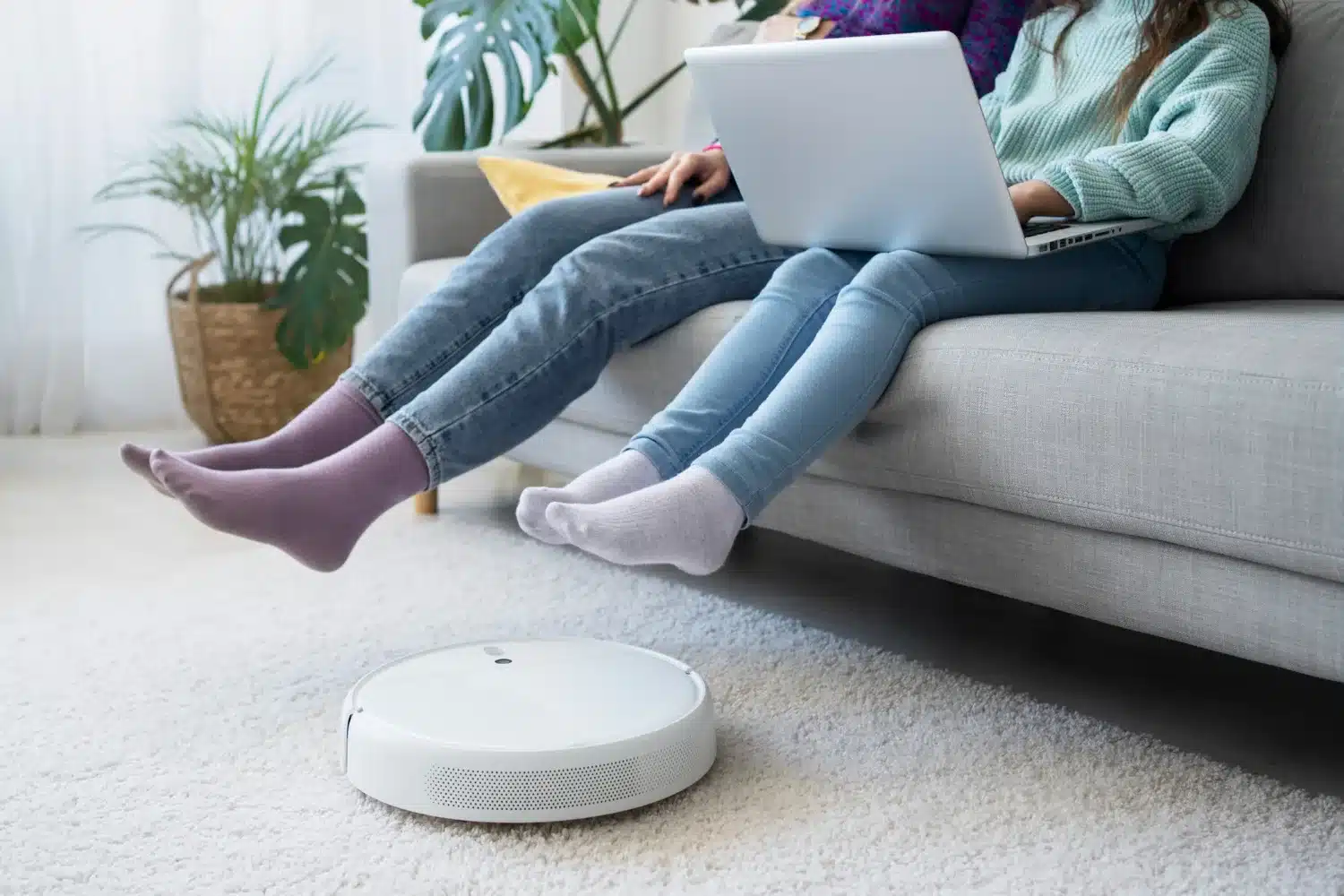Home Robotics: How Robots Are Entering Our Homes
Robotics has always been a fascinating area of science and technology. Since the dawn of science fiction, we have dreamed of robots that can perform household tasks, making our lives easier and more convenient.
In recent years, this vision has increasingly become a reality, as advances in home robotics have allowed robots to enter our homes and perform a variety of useful tasks.
In this article, we'll explore the current state of home robotics, the types of robots available on the market, and how they are impacting our daily lives.
The Growth of Home Robotics
Home robotics has experienced significant growth in recent years. This is largely due to technological advances that have made robots more affordable and effective.
With the miniaturization of sensors, advances in artificial intelligence, and improvements in processing power, robots are now capable of performing a wide range of household tasks efficiently.
In addition pandemic COVID-19 has further accelerated the adoption of robots in home environments. With many people working from home and looking for ways to minimize face-to-face contact, robots have become an attractive solution for carrying out household chores and even delivering essential items.
Types of Home Robots
There are several types of home robots on the market, each designed to perform specific tasks. Here are some examples:
1. Robotic Vacuum Cleaners
Robotic vacuum cleaners, like iRobot's popular Roomba, are designed to automatically clean your home. They use sensors to map the environment and avoid obstacles, while vacuuming up dust and dirt. Some models even empty themselves automatically at a charging station.
2. Window Cleaning Robots
These robots are designed to clean windows autonomously. They use suction cups to attach to windows and then move in a programmed manner to clean the entire surface. This technology is especially useful in tall buildings, where manual window cleaning can be dangerous and labor-intensive.
3. Kitchen Robots
Kitchen robots, such as the popular Thermomix, are designed to assist with food preparation. They can chop, mix, cook and even make entire recipes at the touch of a button. These robots make cooking more accessible, even for people with little kitchen experience.
4. Home Virtual Assistants
Virtual assistants, like Amazon Alexa and Google Assistant, are artificial intelligence systems that can control devices in your home, answer questions, play music, and more. Although they are not physical robots, they play a central role in home automation and human-machine interaction.
5. Companion Robots
Companion robots like Paro were designed to provide emotional interaction and companionship to elderly or lonely people. They can respond to stimuli and provide emotional comfort.
6. Product Deliverers
With the growing demand for online deliveries, delivery robots are becoming increasingly common in urban environments. They can deliver food, packages, and other items directly to your door, eliminating the need for human interactions during delivery.
How Robots Are Impacting Our Daily Lives
Home robots are having a significant impact on our daily lives in several ways:
Time saving
One of the biggest advantages of domestic robots is the time savings they provide. Tasks that used to take up hours of our day, such as vacuuming the floor or cleaning windows, can now be carried out autonomously while carrying out other more important activities.
Greater Convenience
Robots make life more convenient. For example, you can program your robotic vacuum cleaner to clean your home while you're at work, leaving you home fresh and clean. Additionally, virtual assistants can control the environment in your home with voice commands, making controlling devices simpler and faster.
Access to Technology for All
As home robots become more common, they also become more affordable. This means that people with disabilities or the elderly can benefit from the assistance of these robots to carry out tasks that may be challenging otherwise.
Reducing Repetitive Work
Robots are particularly useful for carrying out repetitive and tedious tasks that we often avoid. This can help improve quality of life by allowing us to focus on more rewarding and creative activities.
Environmental impact
Cleaning robots, such as robotic vacuum cleaners, are often more energy-efficient. energy than traditional cleaning methods. This can result in a reduction in energy consumption and a smaller carbon footprint.
Challenges and Ethical Considerations
While home robotics offers many benefits, there are also challenges and ethical considerations to address. Some of the concerns include:
Privacy
Virtual assistants, for example, may always be listening, which raises concerns about privacy and the collection of personal data.
Unemployment
As robots take on more tasks, there is the potential for job displacement in sectors such as cleaning and delivery.
Technological Dependence
Overreliance on robots for everyday tasks can make people less skilled at performing these tasks themselves.
The Future of Home Robotics
The future of home robotics looks promising. As technology continues to advance, we can expect more sophisticated robots capable of performing an even wider range of tasks. The integration of AI and machine learning will allow these robots to better adapt to their environment and individual preferences.
Furthermore, collaboration between humans and robots is also a growing field. Robots will be able to work side by side with people on complex domestic tasks, such as preparing meals or caring for the elderly.
Home robotics is transforming the way we live and interact with our home spaces. Robots are becoming increasingly common in our homes, performing tasks that were previously exclusively human.
While there are challenges and concerns to address, the potential to improve quality of life and make our lives more convenient is exciting.
As technology continues to advance, we can expect to see even more innovations in home robotics, making our homes smarter and more efficient than ever before.




Post Comment